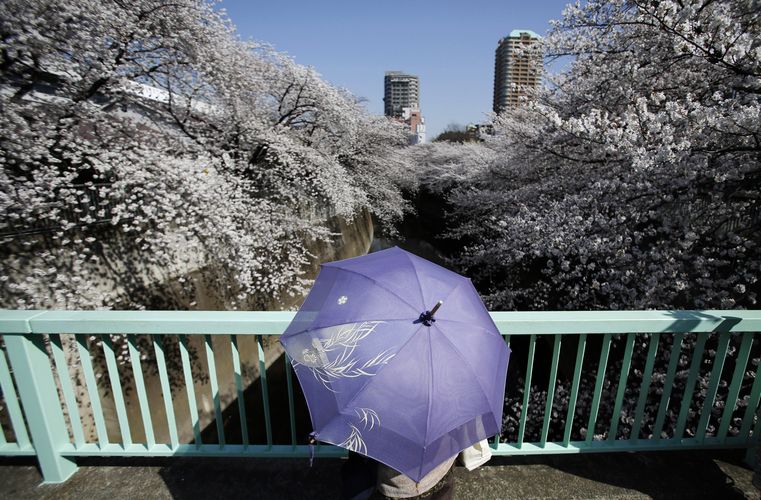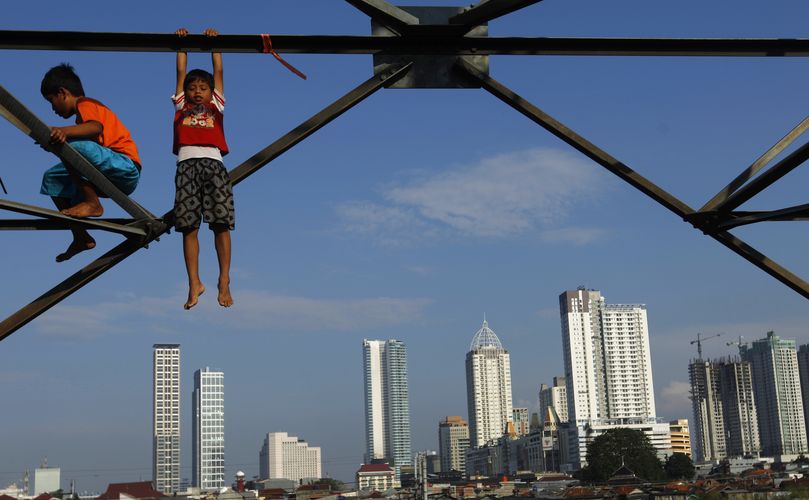It has not been the best of years for sovereign debt issuance in Asia. Following a robust 2012, in which regional sovereigns issued nearly US$60bn in new notes – the most in five years – this year just didn’t seem to get started.
To see the digital version of this report, please click here.
Just two Asian issuances penetrated the murk in the first quarter of the year, raising just shy of US$1.5bn. Compare that to 2012, a year that began like gangbusters, raising US$12.8bn in the first three months, and included Mongolia’s inaugural US$1.5bn debt sale.
Then came Indonesia’s blockbuster, a US$3bn dual-tranche bond split evenly between 10-year and 30-year paper. “This deal probably nicely ties up Jakarta’s offshore financing needs,” said one Singapore-based banker involved in the deal, led by Deutsche Bank, JP Morgan and Standard Chartered. Jakarta may return to the market later in the year – rumours swirl around a possible sukuk bond – but the odds are against it.
The deal was not a shoo-in. Indonesia vacillated over the sale: the sovereign held roadshows in early March but postponed any decision for more than a month, in the hope of building interest and suppressing yields.
The trick worked, just as it has in the past. In the weeks following the roadshow, bond yields fell 30bp, whetting the appetite of investors keen to clamber aboard a sure thing. In the event, both tranches secured orders worth US$6.25bn. The 10-year bonds priced with a yield of 3.5%, 12.5bp inside initial guidance, while the 30-year notes offered a yield of 4.75%, around 20bp inside initial guidance. What surprised many was the subsequent secondary market rally, suggesting, said Terence Chia, co-head of debt syndication for Citigroup in Asia, that “too much [was] left on the table for investors”.
Nor was this a bond coveted only by the usual suspects. For the 10-year sale, 235 investors – mostly asset managers, mostly US-based – anchored the deal. The longer-dated issuance, split between 255 investors, was even more yank-heavy: 56% of the sale was allotted to US institutions, with the remainder largely split between investors from Europe (27%) and non-Indonesia Asia (13%).
Growth engine
Much of the interest can be explained by the name of the sovereign itself. Indonesia, once a byword for economic incompetence, has been transformed into a regional growth engine, and one of the world’s great emerging economies.
“The interest we saw with Indonesia had much to do with the country’s story,” said a Singapore-based debt capital markets expert. “This is an investment-grade emerging sovereign with as much economic reliability and growth as anyone else. This was about investors recognising the strides Indonesia had made, and rewarding them.”
Yet big books in Jakarta do not necessarily presage a year of riches. Even including the US$3bn sale, 2013 has hardly set Asia on fire. Indeed, in the post-financial crisis world, only 2011 got off to a slower start.
There are reasons for this. Asia sovereigns now have ready access to liquidity through the course of the year, allowing governments to put issuance on hold until the time is right. “There is no rush to complete funding in the first quarter of the year or to rush and ensure they absorb as much liquidity as possible before [the] markets turn,” said Citigroup’s Chia.
And while this may be the world’s growth engine, only a few nations across Asia (Indonesia is currently one) can realistically claim to be the toast of global investors. “Many other Asia sovereigns still have their work cut out, making their case to global investors,” said one Hong Kong-based DCM banker.
Much this year will depend on action replacing rumour. While some countries (notably the Philippines) have long stated publicly that they are unlikely to issue sovereign debt in the current year, other nations have been playing a little possum.
Dangerous rhetoric
South Korea, entangled anew in dangerous rhetoric with its brothers to the north, has been mulling a potential sale of international debt. Thailand’s long-term financing needs certainly, investors say, involve the printing of dollar-denominated bonds: the only issue is when. Bangladesh, flirting with its first ever sovereign bond issuance throughout last year, is unlikely to complete its inaugural sale before late in the second quarter.
Investors are also keeping an eye on the Kangaroo bond market, which has been shaping up nicely since the start of the year. Most Australian dollar-denominated issuances in 2013 have involved supranationals and sovereign-backed borrowers from a variety of backgrounds.
The African Development Bank has visited the market twice so far this year, as has the Inter-American Development Bank. European agencies have been particularly active, notably Bank Nederlandse Gemeenten, a funding agency backed by the Dutch government, and KfW, the Frankfurt-based, government-owned German development bank. KfW has led the Kangaroo market this year, selling US$1.4bn in 2018 notes and US$500m in 2022 notes.
SSA borrowers clearly know a good thing when they see it: the Aussie dollar, backed by one of the world’s most stable economies, is among the developed world’s highest-yielding currency. There’s also the added allure of the best swap rates on 10-year debt in more than three years.
“This is all about arbitrage funding,” said Jon Pratt, head of debt capital markets in Asia at Barclays. “It’s purely down to the cost of funding and market demand, plus these tend to be very high-grade issuers and very high-grade investors. There’s no reason why the market for Kangaroo bonds shouldn’t keep up its current pace for months to come.”

